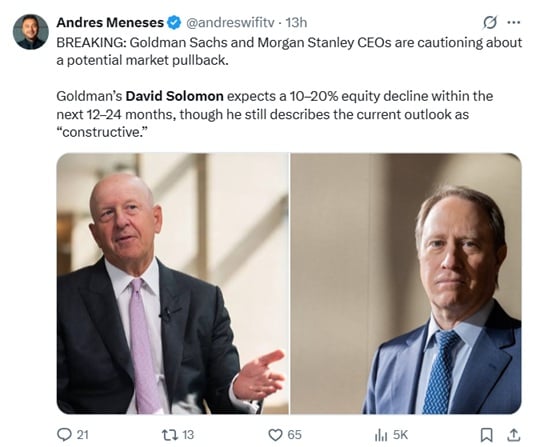Key Takeaways
Why is Fetch.ai [FET] under pressure?
Exchange Reserves dropped from $300 million to $113.9 million, showing traders pulling liquidity amid weak confidence.
What’s shaping FET’s near-term sentiment?
Shorts hold 54.74% dominance, keeping prices below $0.23 as selling momentum outweighs buyer conviction.
Artificial Superintelligence Alliance [FET] continued its bearish streak, sliding 13% in the past 24 hours. At press time, the token traded near $0.229, showing little sign of recovery as sentiment weakened further.
After several failed attempts to regain momentum above $0.26, sellers have kept the upper hand.
FET exchange activity signals weak demand
AMBCrypto’s analysis of Exchange Depositing Transactions data from CryptoQuant showed a steady decline since late October, indicating reduced activity on exchanges.
While lower deposits sometimes suggest holders are not preparing to sell, the broader market weakness indicates hesitation rather than accumulation. Traders appear to be waiting for clarity before taking new positions.
Source: CryptoQuant
CryptoQuant’s Exchange Reserve data showed a persistent decline from $300 million in early October to $113.9 million by the 3rd of November.
Typically, falling reserves signal accumulation or reduced selling pressure. In FET’s case, however, the concurrent price drop implies demand has not absorbed the sell-side liquidity.
This divergence between reserves and price suggests that outflows were not driven by accumulation but by disengagement—tokens leaving exchanges without meaningful inflows elsewhere.
Source: CryptoQuant
Shorts dominate the market
According to CoinGlass, the Long/Short Ratio dropped to 0.83, with short positions at 54.74% of open interest as of the 3rd of November.
This imbalance highlights short-term bearish bias, especially as liquidity continues to thin and exchange activity weakens.
Source: CoinGlass
If the ratio remains below 1.0, it may amplify volatility since liquidations could trigger sharper moves in either direction.
What’s next for FET?
With technical indicators offering no signs of reversal and the Stochastic RSI hovering in the overbought zone, FET remains vulnerable to further downside.
The broader AI token basket has mirrored this trend, signaling that investor enthusiasm for AI-linked assets has cooled since October highs. Unless buying momentum returns, the token could face another correction, potentially testing the $0.20 support before stabilization.
Source: https://ambcrypto.com/mapping-fets-path-sellers-stay-in-control-next-target-0-20/


